10 Strange Fruits & Where to Find Them
After a while apples and bananas begin to seem boring. If you are over the typical fruits you find at your grocer, there are a few international options to try. While they may seem unusual or downright strange looking, these fruits are edible and often contain important vitamins for our diets.
Starfruit
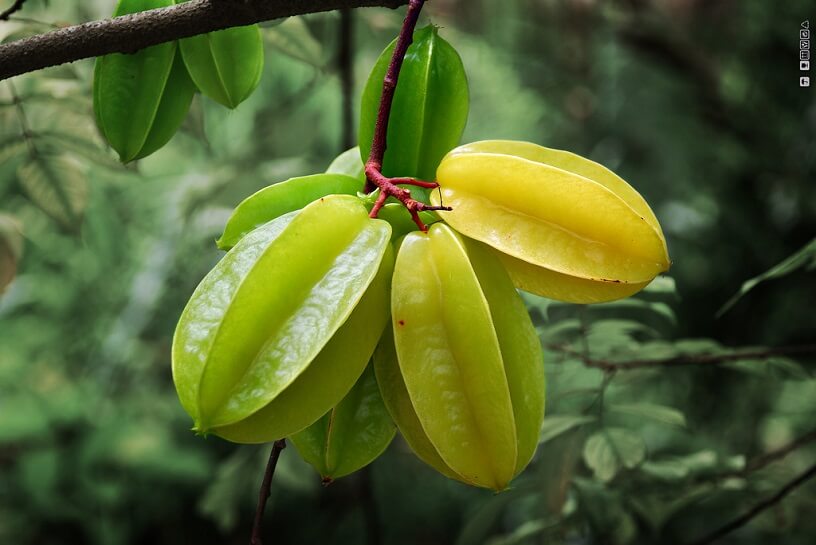
Officially known as Carambola, the starfruit got its nickname because cross sections of the fruit look like bright yellow stars. The starfruit grows in tropical climates and tastes like a cross between papayas, oranges and grapefruits.
Sugar Apple
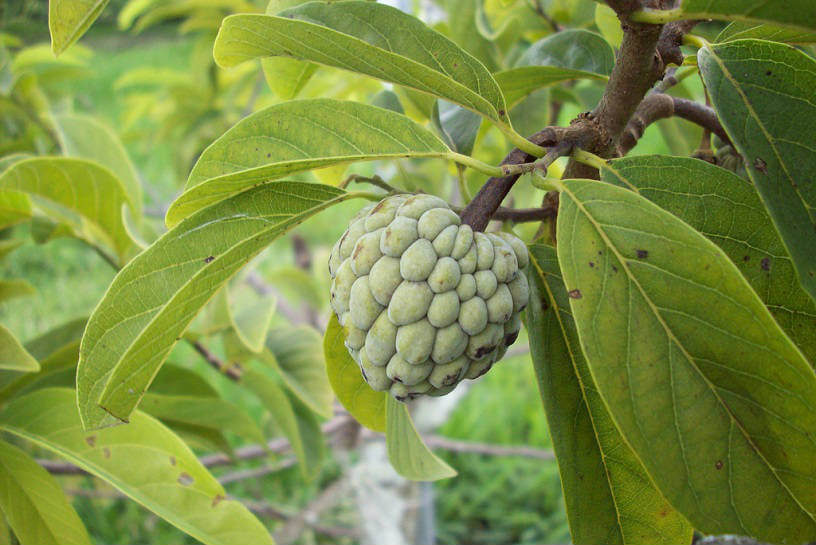
The Sugar Apple is kind of like a pina colada in a fruit. With a taste that is a little bit banana and a little bit pineapple, the scaly pineapple-esque fruit has a custard-like filling that you scoop out and eat. If you don't like the texture, you can drink its juice instead. It has high levels of fibre and vitamin B and it's a great antioxidant. The sugar apple is grown in and native to the tropical Americans and the West Indies.
Turmeric Root
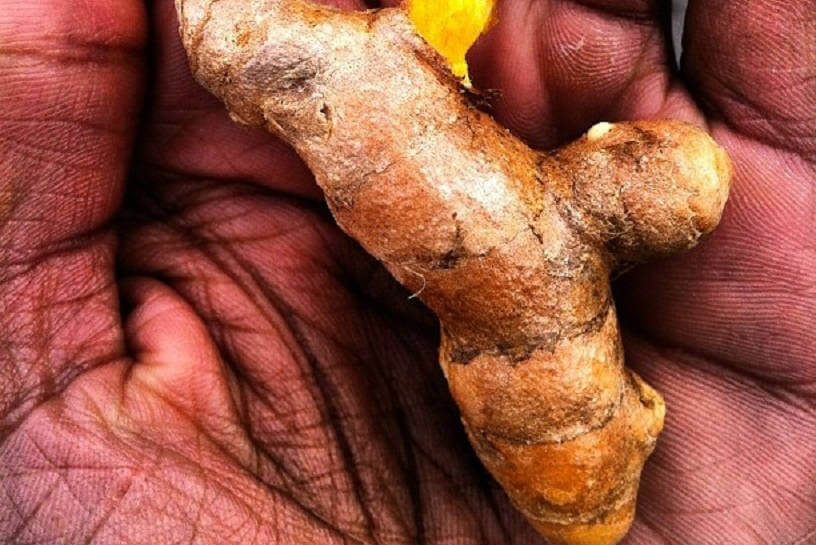
Turmeric isn't just a spice in your kitchen. Before it is made into powdered form, it is a gnarly looking orange root that is found and grown in the tropical Indian subcontinent. If you add this strange-looking ingredient to smoothies and dishes, you will be adding a ton of strong flavour without adding calories, fat or salt. Not to mention, this orange beauty has a ton of antioxidants!
Kumquats
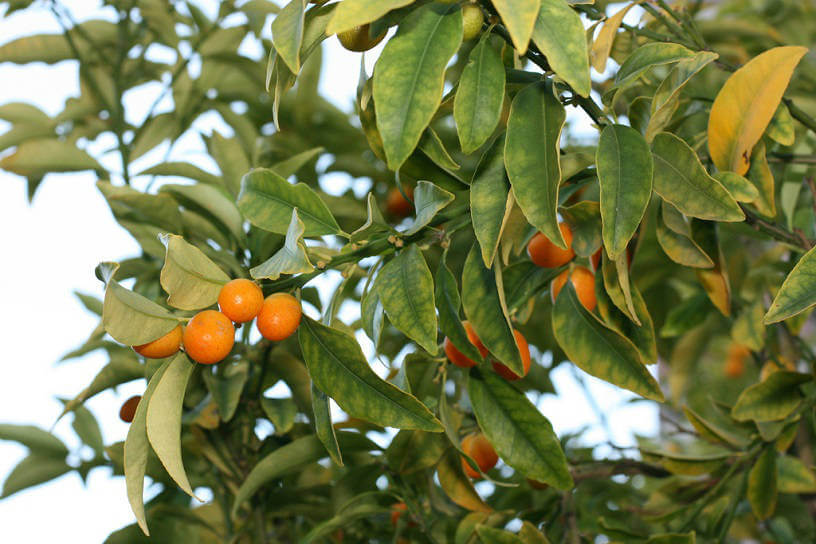
For being such a small fruit, Kumquats bring the flavour of a fruit triple its size. They look like they belong in the citrus family with its bright orange skin, but some scientists include them in their own category, Fortunella. Grown in Japan and the west coast of the US, they are known for packing a punch of tartness from the juicy fruit and a calmer sweeter taste from the rind. Yup, that's right—you eat the whole thing!
Dragon fruit
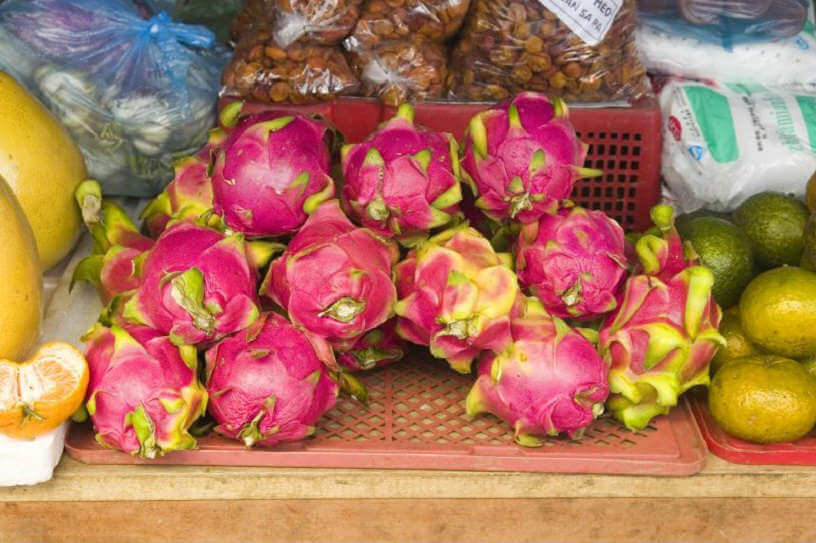
This fruit has risen dramatically in popularity over the past three years and the pitaya, or more commonly dragon fruit, has rightfully earned its place on this list. A shocking pink skin and curly green petals will catch your attention, and the sweet, creamy white flesh that's dotted with small black seeds will win your taste buds over. Dragon fruit is grown in Southeast Asia, Mexico, Central America and South America and tastes like a cross between a pear and a kiwi.
Buddha's Hand
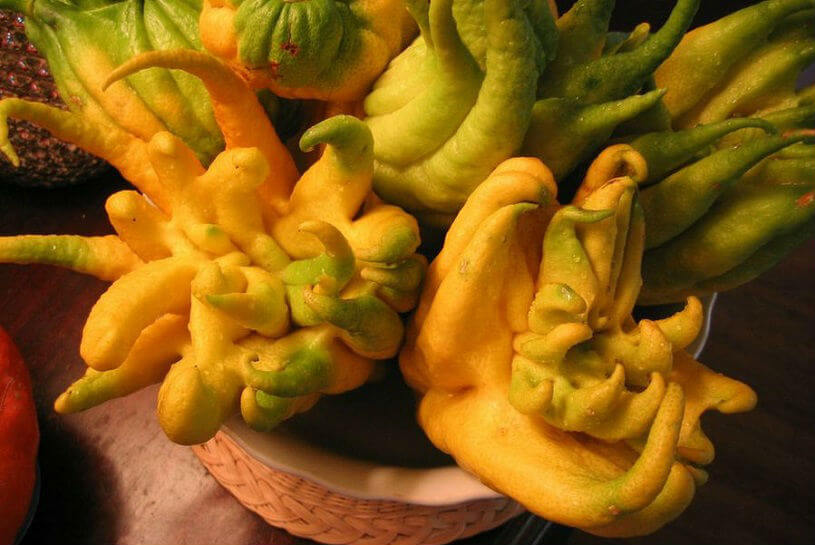
Resembling a bunch of fingers, Buddha's Hand tastes lemony and is an odd-looking juiceless and seedless fruit. Not something to chow down on for a snack, instead Buddha's hand is a citrus stand-in, offering a punch of flavour eight times more powerful than its citrus relatives. Because of its strong flavour, it is used most frequently in the kitchen for zesting. Buddha's hand grows in China and Japan.
Kiwano
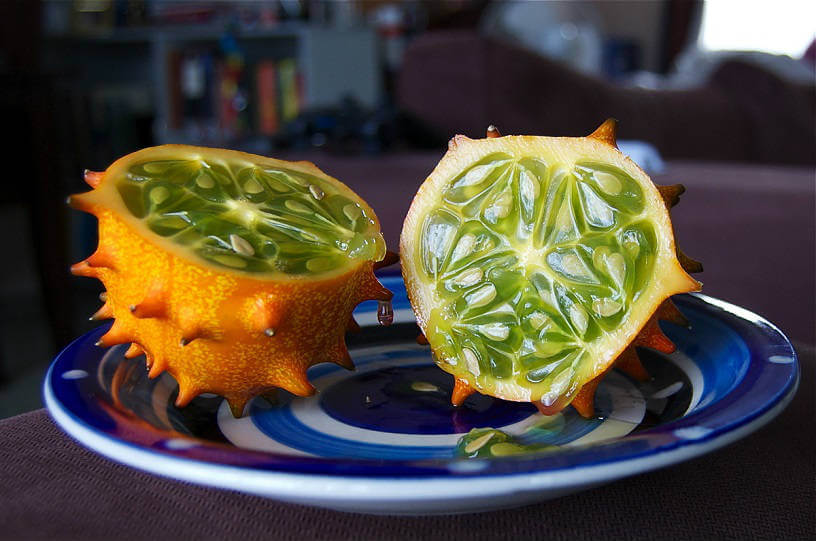
Kiwano is also known as the blowfish fruit, and rightly so! A horned bright orange melon, the Kiwano will catch your eye. Once you cut it open you'll see an even odder sight…lime green flesh full of seeds. It tastes like a combination of kiwi, banana and cucumber and is very juicy. The fruit is rich in Vitamin C, iron and potassium and is grown in Africa, Australia, New Zealand and Mississippi and California in the US.
Jackfruit
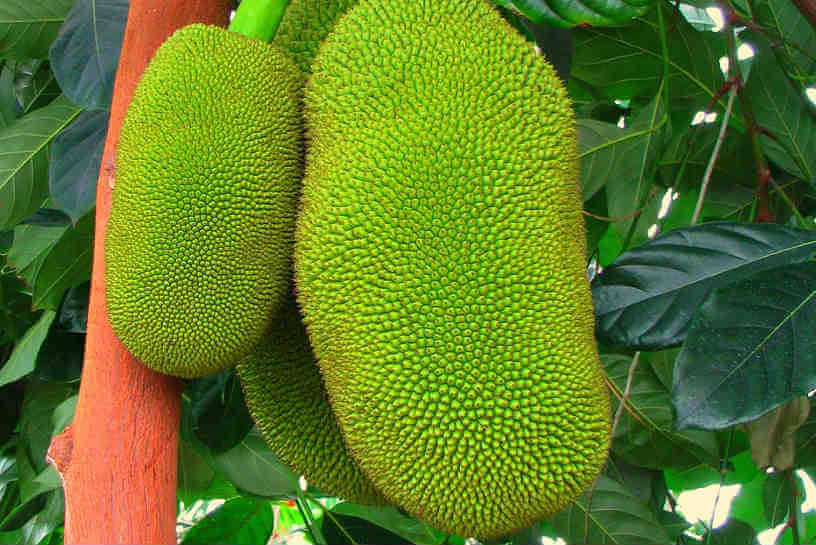
Grown in South and Southeast Asia, Jackfruit is the largest fruit grown on a tree and its fruit can grow to enormous sizes (think close to 36 kgs!). Described as having a buttery flesh, the jackfruit is starchy and is reminiscent of a banana, but sweeter. The benefits of eating this fruit go beyond the expected—it has nutrients that can improve your memory and mood and it even can help treat migraines.
Mangosteen
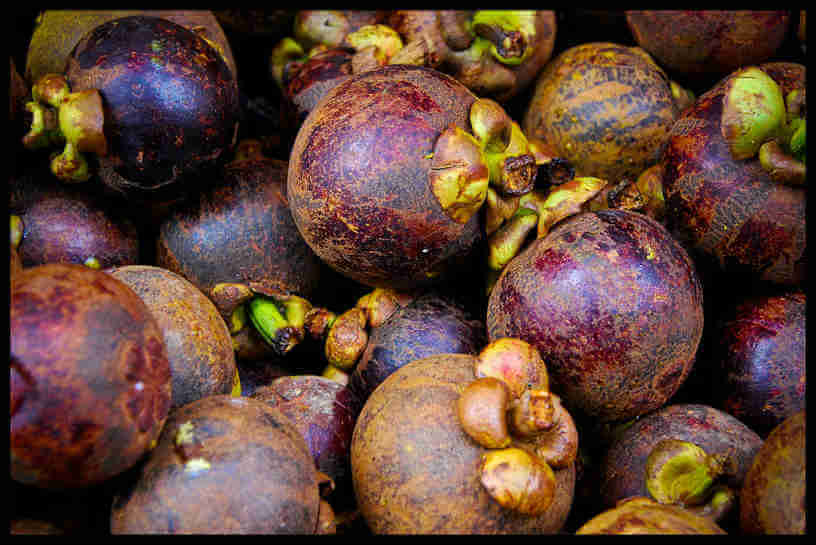
A tough tropical fruit, the Mangosteen is grown in Southeast Asia and South American countries like Colombia. It has a purple exterior that may look unappetizing, but if you can break through its shell and you'll find the fruit of the mangosteen that tastes sweet, tangy, citrusy and also peachy. This fruit probably runs the most expensive on this list, so be aware that cheaper versions may have the fruit soaked in sugary syrup.
Rambutan
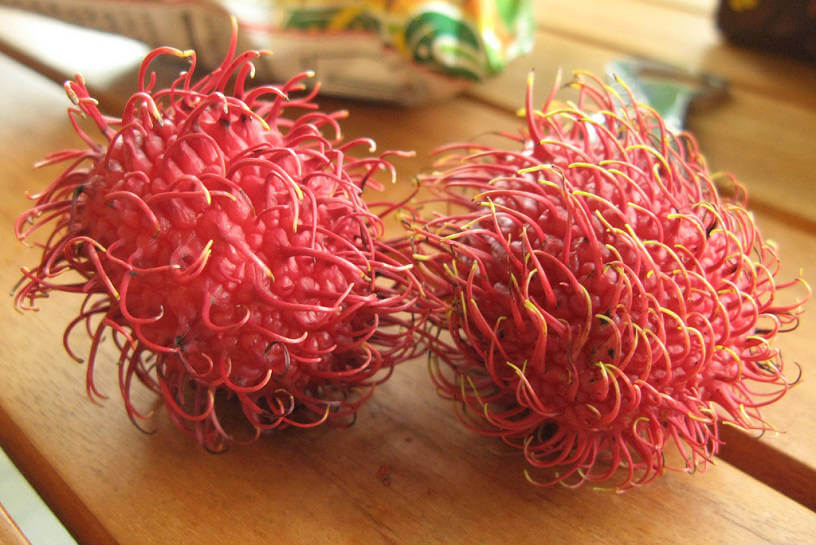
It looks like a sea urchin and is an alarmingly red colour, but the Rambutan is much sweeter than its off-putting exterior suggests. Rambutan is a cousin of lychee, is grown in Southeast Asia and has a grape-like flesh with a similarly sweet but slightly acidic taste that you get with grapes. If you decide to try this one, just be sure to toss out the seed—it's toxic!
As you travel and try one (or none) of these unusual but delicious fruits from around the world, protect yourself from the unexpected. Purchase travel health insurance from Cover-More Australia to cover your trip!
Images courtesy of Flickr users DeusXFlorida, Eric Bronson, William Isamael, Rasmus Lerdorf, audrey_sel, Mitchell Hearns Bishop, Mary Thompson, Rennett Stowe, May Wong, Kenji Ross.
Planning a trip?
Discover Our COVID-19 Cover
To find out what our current* benefits do – and don’t – cover, please read:
Plus, for helpful destination-based COVID-19 information, don't forget to check the COVID-19 Travel Risk Tool before and during travel.
*The cover information contained on the above pages refers to Cover-More policies sold on or after 26 June 2023. For cover information on policies sold prior to this date, please read the relevant PDS.